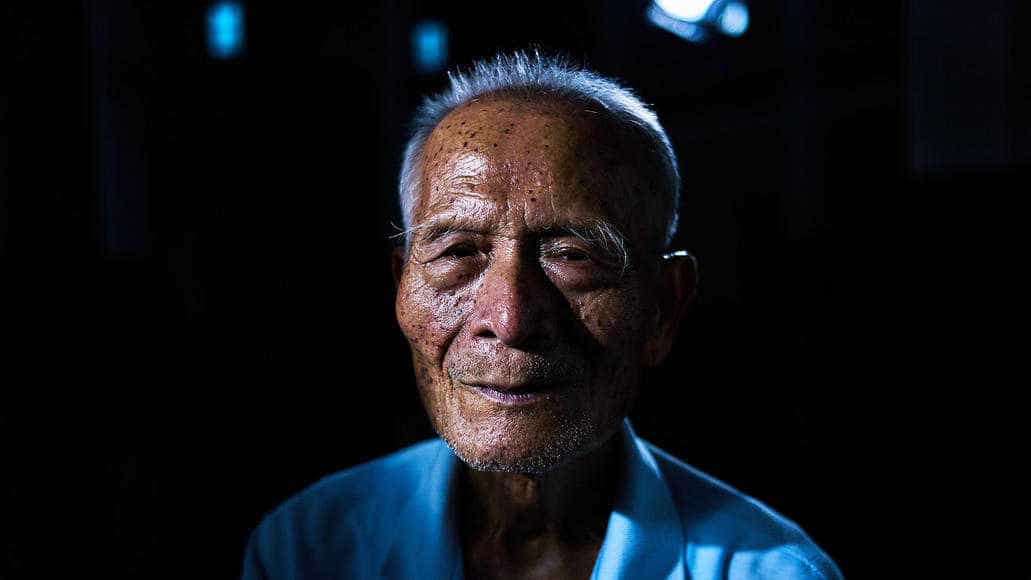The 2011 Great East Japan Earthquake has been the base for a number of Japanese movies, and Masakazu Sugita, himself a survivor of the 1995 Great Hanshin Earthquake, could not but feel inspired, in his debut film.
“Joy of Man's Desiring” is part of The Japan Foundation Touring Film Programme
The story revolves around two siblings, Haruna and Shota, who are left orphaned after their parents fall victim to a huge earthquake. After a kind of fight between the remaining relatives, Masako and Akira, who have a son of their own, Katsutoshi, decide to take them in, in the seaside town they live. The two children experience two completely different situations. Haruna is traumatized by watching her parents' deaths and cannot sleep at night, while Shota is unaware of the fact, since everyone does their best to hide the truth, and still expects his parents to return. Although the beginning of the “symbiosis” seems quite nice, soon a number of problems start to emerge, mainly deriving from Katsutoshi, whose school friends give him a hard time regarding his guests. The apogee of these issues comes forward during an episode involving Katsutoshi's pyjamas, in one of the film's strongest scenes.
Masakasu Sugita directs a sensitive and kind of mellow family drama, in the easily recognizable style of the Japanese indie. In that fashion, the pace is slow, the performances measured, the attention to detail great and the realism permeating. In this setting, Sugita manages to communicate his ideas about the consequences of both the earthquake and the loss of family, with the main medium of his thoughts being Haruna. A second concept, that of the consequences of cohabitation, is personified in Katsutoshi, although on a secondary level.
This low-key style also benefits the two scenes where there is some exaltation, making them appear quite shocking. The one with the pajamas through the contrast of Katsutoshi and Masako's behaviour and Haruna and Shota's passiveness, and the one in the finale of the film, where the catharsis is finally achieved.
Yoshio Kitagawa does a fine job in the cinematography, again in the Japanese indie style, with a number of long takes that emphasize the status of the protagonist, while some beautiful images of the seaside town provide a nice break from the permeating drama, and Inaoka Shingo's delicate score provides a very fitting background.
Naoko Yoshimoto as Masako and Koichiro Nishi as Akira play their parts in complete resonance with the film's style, Shumpei Ohba is quite good as the growingly frustrated Katsutoshi, but the one who definitely steals the show is the then 14-year-old Ayane Omori. Apart from being the personification of the consequences of the earthquake, Omori gives a truly matured and measured performance, which, as the general style of the film, makes the sole scene where she lashes out even more shocking, in the highlight of her effort. The fact that she manages to play a character that appears to be fine but is deeply traumatized on the inside is a truly magnificent accomplishment, particularly from a character her age.
“Joy of Man's Desiring” is an elegant film that deals with the consequences of the earthquake in realistic fashion, and a great sample of the contemporary Japanese family drama.
















